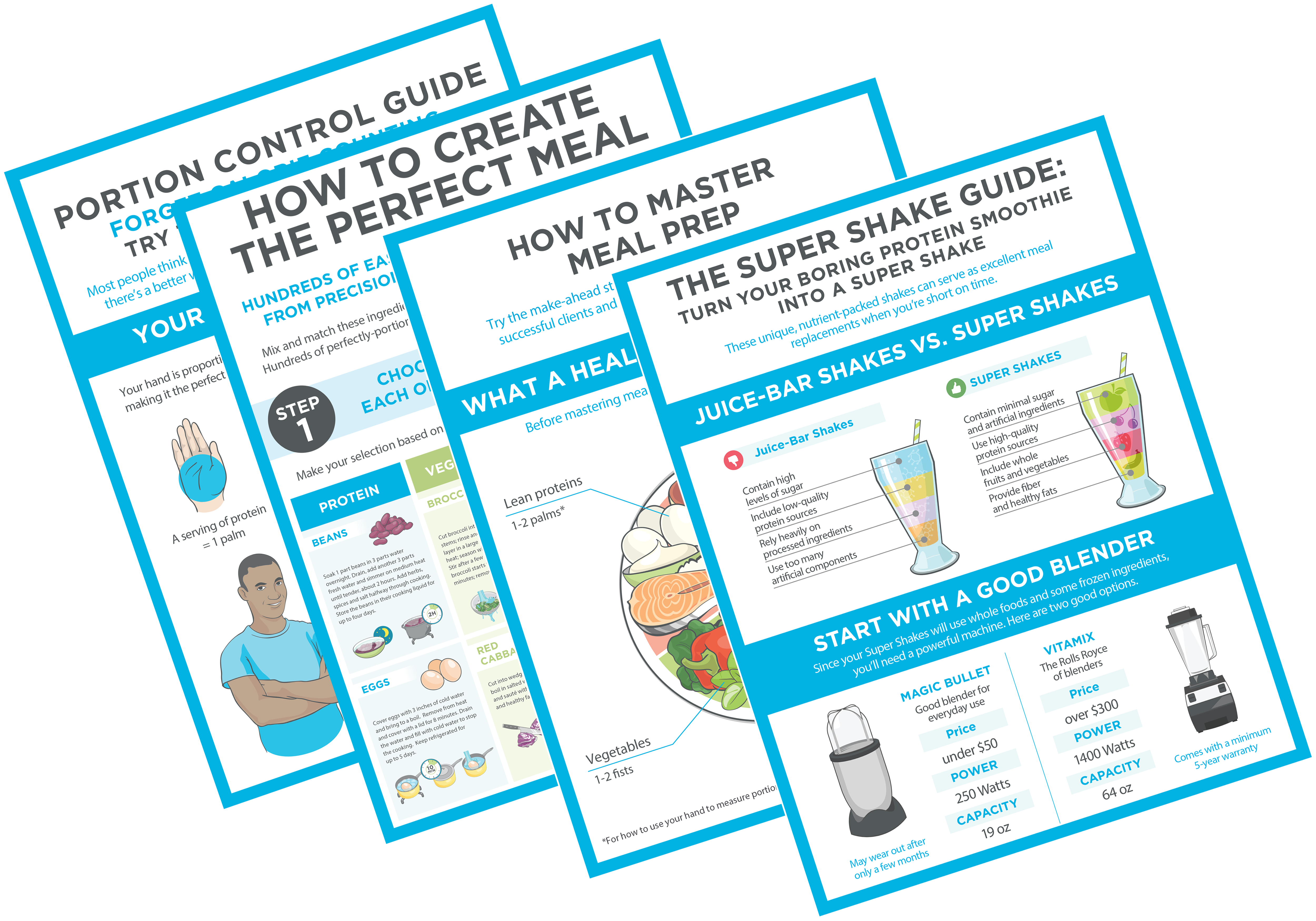In a age of GMO’s (genetically modified organism), artificial sweeteners, trans fat, and other ingredients that our body’s don’t recognize, it’s important that we be able to read and understand food labels so we know what we’re putting into our body. Continue reading for a brief summary of items typically contained on food labels, why we label food, and where label information comes from.
Why label food?
In theory, food labels help us make informed – and, ideally, healthier – decisions. Having food and nutrition information available to us in a quick-reference format may help us choose the best foods for our needs.
Food labels also ensure that manufacturers are accountable and transparent; in other words, that what you see on the label is what you truly get.
In theory, that is. The question becomes is this true in everyday life?
Short answer: Yes and no.
Label types
There are two general types of labels:
Legally required labels: These are governed by laws and regulations around packaging and the provision of nutritional information. Usually these are on the back of the package and give information like ingredients and nutritional value.
Industry-provided labels: These are placed at the manufacturers’ discretion. Usually these are on the front of the package.
How do food companies get data for their products?
Unless you have a food analysis lab in your garage, and/or make everything from scratch on your farm where you grow all the components, you have to rely on the companies making the food to tell us what’s in their food.
Ever wondered where food manufacturers get their label information from? We have too.
For nutrition information labels, companies might test a food “in-house” at a food lab or send it away for analysis.
Sometimes the new food itself isn’t even tested. Rather, the nutrients/calories are estimated based on existing information in nutrition software programs.
Existing food products might be re-analyzed on occasion, but this depends on company protocol.
Small food companies aren’t required to have nutritional info on labels until they gross over $100,000/year. This can be an expensive transition process for new businesses. So if you consume a product from a small food company you don’t really know what you’re eating.
Serving Size
Is the primary item you will see on a food label and at the very top. This is also what the rest of the label is based on, meaning the other nutritional fact numbers are based on the stated serving size.
Servings Per Container
This is the number of servings per package, many believe that the nutritional facts are for the whole package when in reality you have to multiply the servings per container X serving size. For instance if there are 8 servings per container and there is 1g of total fat the package has 8g total.
Amount Per Serving
This area contains all of the nutrient information based on a percent of daily value (%DV). It is also where the nutritional claims of the product based on the recommended daily dietary allowance are stated. Typically, the nutritional amounts are based on a 2,000 caloric intake amount.
Ingredients
This simply refers to the list of the ingredients that were used to manufacture the product. Usually they are listed based on the quantity of the main ingredient or the first item and the minimum amount is the last ingredient. For instance, iff bread is mostly wheat flour, then wheat flour will be the first ingredient.
Label Claims
This refers to the kinds of nutritional claims of a particular food item. For instance, if an item says it is sodium-free, it has less than 5 milligrams per serving or a low fat item actually contains 3 grams of fat or less. In essence, items that say they’re “sodium-free” actually do contain sodium just in a very small amount.
Calories
You’re probably familiar with this line item as it’s the basis of our daily intake and the percentages on the food label. While understanding how many calories you’re consuming is important, especially if you’re trying to lose weight or improve overall health, it’s not necessary to count each calorie like a mad man. Besides who wants to do that on a regular basis anyway? There’s a better way and it’s by “controlling” your caloric intake versus counting.
Want Help Revamping Your Eating Habits?
Controlling calories is only part of the puzzle, you also need to know how much to consume, and how to compose a complete meal. Good news is we’ve got you covered!
At Homemade Men we like to provide useful and easy to implement resources, so we want to give you free access to the Perfect Plate Pak,. This pak includes everything you’ll need to craft the perfect meal and control your calorie intake without the cumbersome task of counting every single calorie you consume.
Utilizing these guides will help you feel better, lose weight, and not to mention save money along the way.

The first guide is all about calorie control. You’ll discover how to manage calories utilizing something that’s with you all the time, your hand. Understanding calorie control is pointless if you don’t know what ingredients to use. This is where the second guide comes in, the 5 Steps to Create the Perfect Meal. You’ll discover what ingredients to use and how to prepare them in an easy to follow format.
Next, you’ll learn How to Master Meal Prep, eating healthy consistently is easily achieved when you plan and prepare your meals ahead of time. It takes the guesswork out of eating and you know what’s in the food your eating (versus eating out frequently).
We hear what you’re saying, “But I don’t always have time to prepare an elaborate meal.” That’s ok, we’ve got you covered with the Super Shake Guide. In this guide you’ll learn how to make a nutrient-filled meal replacement shake, it can be whipped together in 5 minutes and consumed on the go.
If you are like me and prefer to know weight loss techniques that actually work without spending a fortune,then you owe it to yourself to at least check it out. You can be on your way to revamping your eating pattern absolutely FREE. You get instant access to the guides when you click the button below. We recommend that you download and print these guides so you can have them handy when you need them.
FREE MEAL MAKEOVER GUIDES
Finally! An Easy Way to Craft A Nutritious Meal - Without the Dreadful Task of Counting Calories
In addition to the Portion Control Guide, You'll Also Get FREE Access to:

Do you read food labels before you buy a product? I would love to hear your feedback. Share with the community by commenting in the discussion section below..
To Understanding Food Labels!

Phillip Brent
Facebook: Connect With Me
Email: pmbrent@homemademen.com
“I Teach You the Systems, Mindset, and Strategies to Live A More Healthy and Fulfilled Life!


